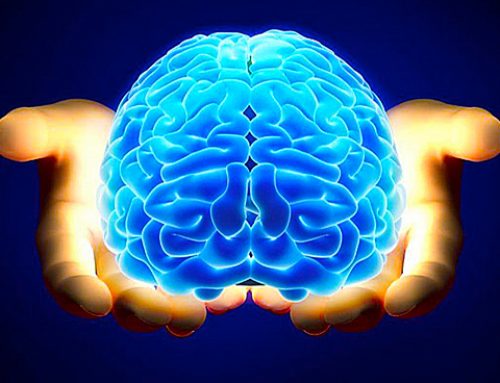A stress is a pressure coming from outside and to which the stressed organism has to react to survive.
Talking about stress we say that a person is opposing his resistance to external pressures, and the mechanisms then activated are always the same, regardless of the kind of stressor.
The most common stressors can be subdivided as follows:
– psychic
– relational
– food
– infectious (subclinical microbial infections)
– physical
The combination of processes and systems used to react to such stimulus represents the so called “stress response system”.
It consists of the autonomic nervous system (sympathetic and parasympathetic), the endocrine system and the immune system.
Every time a person is subjected to a stress his organism activates the response phase called catabolic, including:
– activation of the sympathetic autonomic nervous system
– secretion of a big quantity of hormones such as cortisol, thyroid hormones,
adrenaline, norepinephrine and sexual hormones
– stimulation of some specific immune cells.
This condition continues until the stressor is eliminated or overcome.
Only at this stage the organism reduces its catabolic phase to activate the so called anabolic phase, including:
– activation of the parasympathetic system
– secretion of hormones and substances such as GH, melatonin, insulin and again sexual hormones
– stimulation of other immune cells.
This hormone rhythm serves the function of increasing the stressor resistance supplying fuel to cells, that is glucose and fatty acids that are transformed in energy (in the form of ATP) in the cell mitochondrion (catabolism) and of ensuring the regeneration of those tissues damaged during the previous resistant stage (anabolism).
Longevity and health are possible only if the catabolism/anabolism rhythm is present.
by Giorgio Crucitti






Scrivi un commento